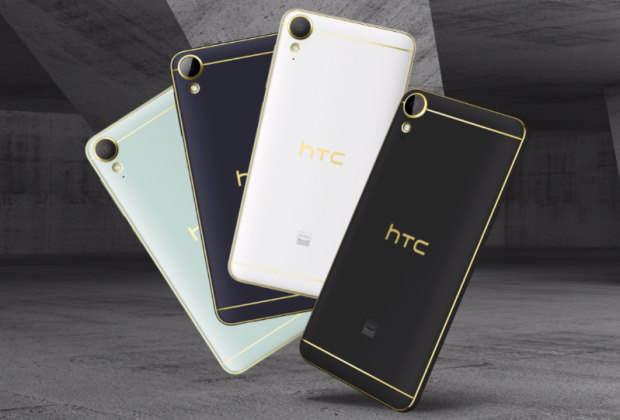Introduction
The Taiwanese giant HTC, has recently launched two more devices from its Pandora’s box. One is the high-end and quite obviously expensive, HTC Desire 10 Pro, while the other one is called the HTC Desire 10 Lifestyle and is a mid-ranger with value for money specs. HTC has endorsed both these devices as best-in-class audio smartphones. With the market flooding with mid-budget phones, let us put some light on Desire 10 Lifestyle and see if the phone has all it takes to compete against its rivals or not.
Design and Display
The HTC Desire 10 Lifestyle comes with a premium metal frame and soft-touch polycarbonate body. It has a waistline of 7.7mm and weighs 155 grams. It offers a vibrant 5.5-inch Super LCD HD display with Gorilla Glass protection and a pixel density of 267ppi.
It comes in four colors, black, dark blue, light blue and white, with a golden metal frame throughout the design as an accent.
Processor and Storage
Under the hood, the HTC Desire 10 Lifestyle has a Qualcomm Snapdragon 400 MSM8928 processor. It clocks a speed of 1.2GHz and is aided by either 2GB or 3GB of RAM, depending on which storage variant you opt for. The RAM is 2GB or 16GB of storage, whereas a meaty 3GB of RAM operated on the 32GB variant. So it is quite evident that the 32GB variant of the device should be your choice as it will provide you with more space for your apps and games as well as the convenience of faster multitasking. The phone has a microSD slot which supports cards up to as large as 2TB in size, hence eliminating further storage issues.
Android Marshmallow operating system is what the device runs on along with its custom UI.
Camera and Audio
On the rear of the HTC Desire 10 Lifestyle sits a capable 13MP camera along with back-illuminated sensor (BSI), an aperture of 2.2f, autofocus and an LED flash. Exposure compensation and the ISO control can also be tweaked according to your preference. All in all, the camera produces good snaps.
On the front a 5MP camera takes charge for all your selfie needs. It also has a ‘live make-up’ mode to enhance your appearance in the photographs.
A bass speaker working along with the standard speakers of the phone can be found on the handset’s base. It resembles the superior BoomSound Edition speaker setup that you can be found on the HTC 10.
Battery and Connectivity
The HTC Desire 10 Lifestyle is energised by a 2,700mAh non-removable battery, which HTC claims can give you up to eight hours of HD video playback and audio playback of up to 50 hours which is quite good. It also comes with fast charging support that will save you the hassle of waiting for hours while your phone soaks in enough charge.
Connectivity options found in the device includes dual SIM, 4G (supports Indian bands), 3G, 2G, Wi-Fi 802.11, b/g/n, Mobile Hotspot, Bluetooth v4.1, GPS with A-GPS and microUSB 2.0.
Conclusion
The HTC Desire 10 Lifestyle seems to be HTC’s answer to finally launching a good mid-budget phone in the overpopulated smartphones industry. Apart from a little backdated series of processor, the features and specs of the device seems quite promising and worth giving a shot. The battery backup, camera capability and also ample storage alongside some serious audio output, makes it an allrounder in this budget. You can check out 91mobiles for more information about the phone.
